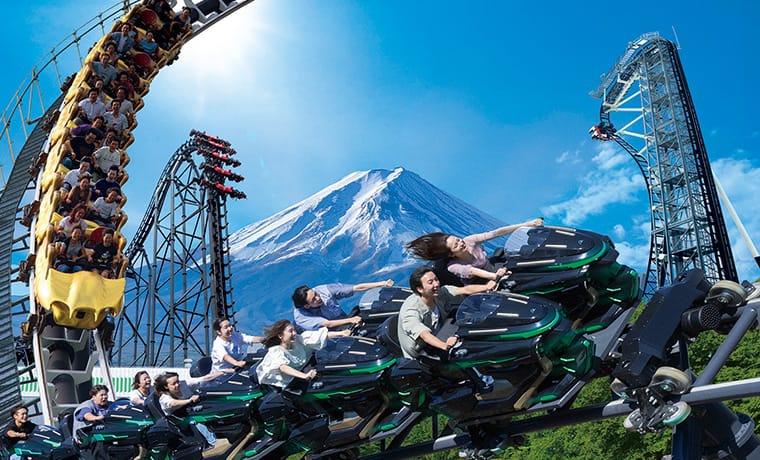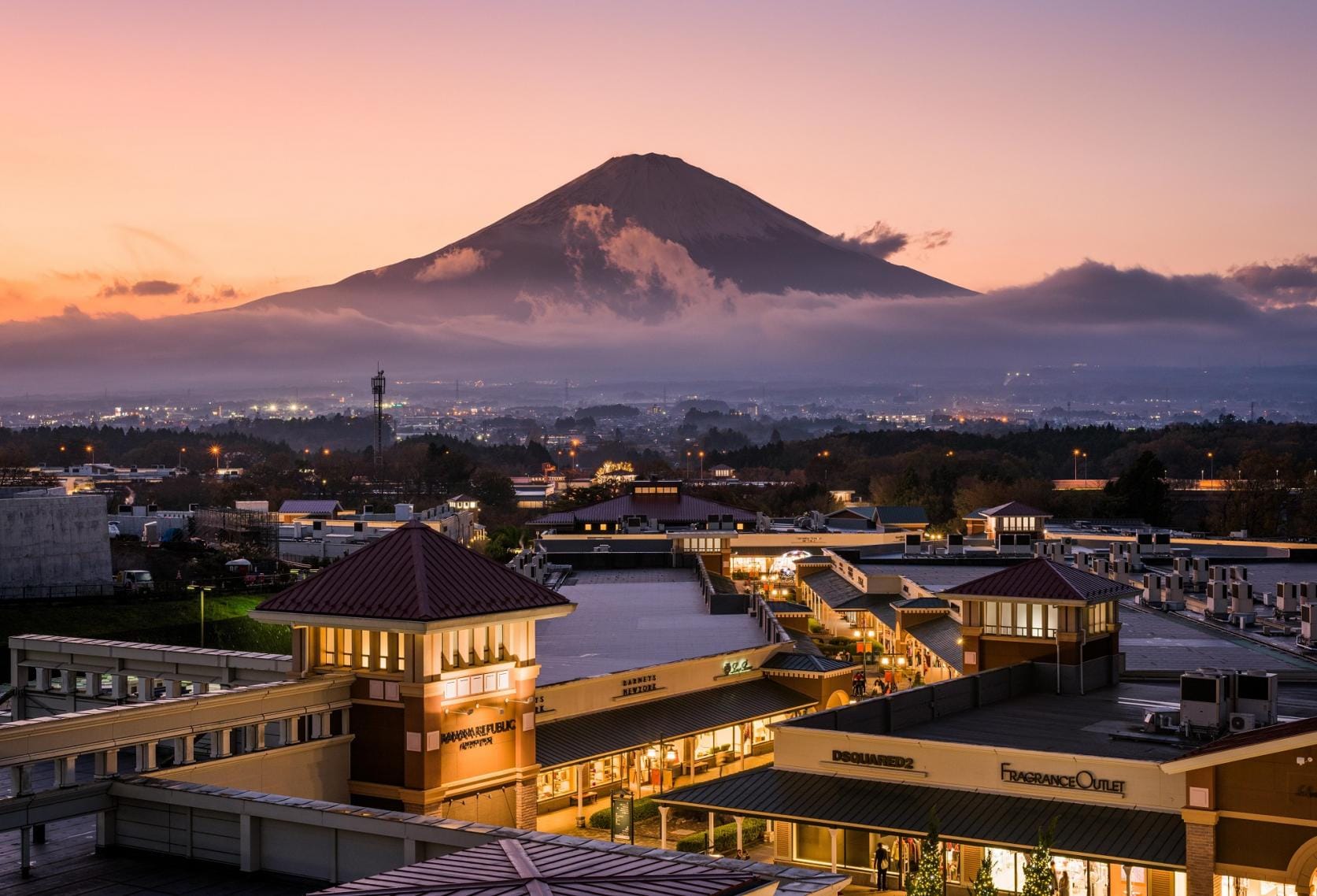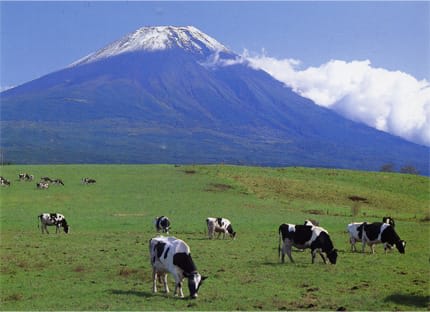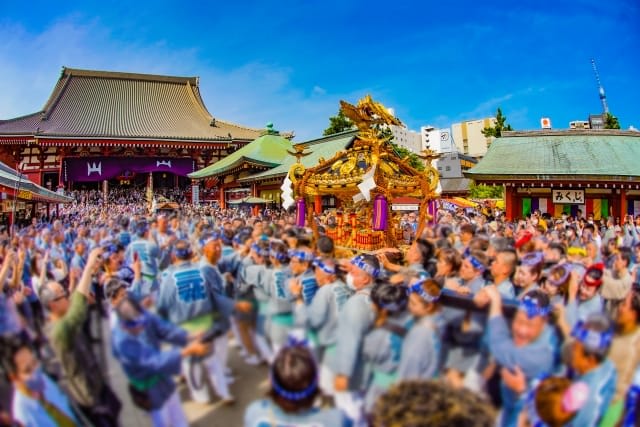Ultimate Guide to Mt. Fuji Fashion 2026: What to Wear for Every Season and Scenic Spot
Mount Fuji, a symbol of Japan, attracts countless tourists who visit Japan specifically to witness its majestic presence. However, given Mount Fuji's massive size and the numerous tourist attractions scattered around its vicinity, we've created this guide to help you explore the Mount Fuji area efficiently.
Additionally, Magical Trip, which won the #1 spot for all tours on Tripadvisor in 2024, has recently launched the Mount Fuji tours.

The "Mt. Fuji Full-day Nature Guided Tour with a Private Chartered Car & Guide" offers a stress-free experience exploring the Mount Fuji area, complete with private car transportation from Tokyo.
Even if you have limited time to explore the Mount Fuji region, this tour allows you to visit all the must-see spots with detailed guidance from your tour guide.
If you're interested in efficiently experiencing the essential locations while gaining deep insights from a knowledgeable local guide who knows the area inside and out, we highly recommend joining the "Mt. Fuji Full-day Nature Guided Tour with a Private Chartered Car & Guide."
We hope you'll have a wonderful time experiencing everything Mt.Fuji has to offer by joining a Magical Trip tour!
Introduction
Mount Fuji, standing at 3,776 meters, is Japan's highest mountain. Its commanding presence has made it a beloved symbol of Japan.
Mount Fuji straddles two prefectures - Yamanashi and Shizuoka - and features vast foothills filled with numerous tourist attractions.
The tourist spots around Mount Fuji vary significantly in elevation, which can result in temperature differences of more than 10°C (50°F) on the same day. Therefore, choosing appropriate clothing becomes crucial when visiting. In this article, we'll introduce recommended clothing for both climbing Mount Fuji and visiting the surrounding attractions.
Temperature and Weather Vary Greatly by Elevation Around Mount Fuji
At 3,776 meters, Mount Fuji experiences substantial temperature variations based on elevation. Around the 5th station (a common starting point for climbers), temperatures are typically 15°C (59°F) lower than ground level, while the summit can be more than 25°C (77°F) colder than the base. For those planning to climb, check our ultimate Mt. Fuji hiking guide provides essential safety information. our For every 100 meters of elevation gain, the temperature drops by 0.6°C (33°F), making it essential to adjust your clothing during the climb according to changing conditions.
What Are the Average Temperatures and Recommended Clothing by Season?
The areas surrounding Mount Fuji experience temperature variations of more than 20 degrees throughout the year, with significant changes based on elevation. Here, we'll introduce the climate around Mount Fuji and recommended clothing for each season.
Climate and Recommended Clothing During Climbing Season (Early July to Mid-September)
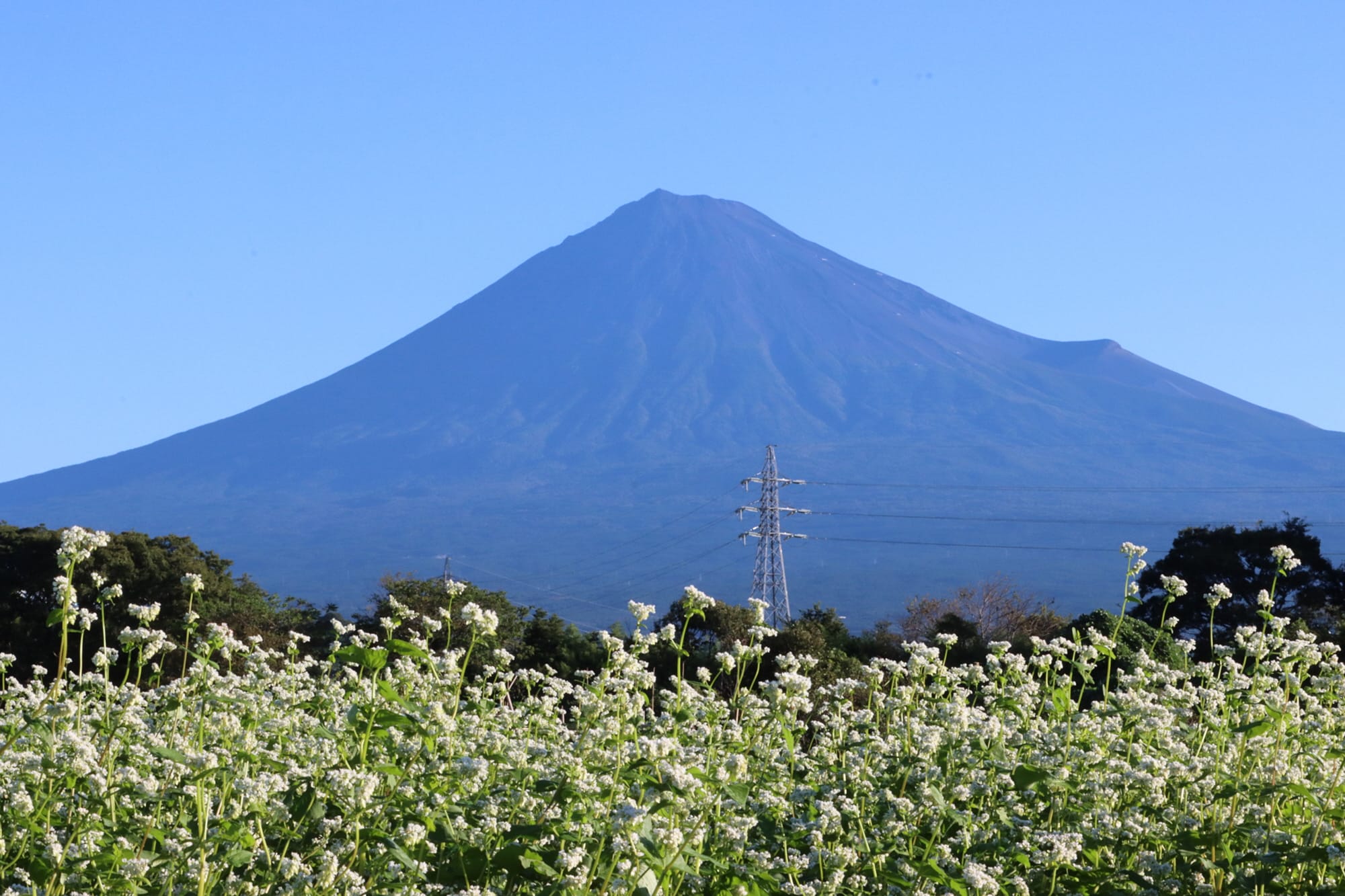
Average Temperature:
Flatland: 28.2°C (82°F)
1000m Point: 22.5°C (71°F)
Mt. Fuji Summit: 6.4°C (43°F)
Precipitation:
Flatland: 43.5mm
1000m Point: 30mm
Mt. Fuji Summit: 0mm
*Note: Flatland data represents Tokyo, 1000m point represents the Yamanakako area (980m)
*Based on Japan Meteorological Agency 2023 observation data
*Temperature and precipitation are daily averages
During Mt. Fuji's climbing season from July to early September, the flatlands often record intense heat exceeding 30°C (86°F) during the day. Japan's summer fashion must adapt to the characteristic humid heat of the island nation.
While the flatlands experience high humidity, the Yamanakako area, situated on Mt. Fuji's north side at 1000m elevation, offers a popular retreat with its lower humidity and temperature. The cool climate there makes lightweight long-sleeve outerwear a fashionable and practical choice.
The summit of Mt. Fuji (3776m) maintains a chilly 6.4°C even in midsummer, sometimes with remaining snow patches. Winter-grade jackets are essential fashion items at the summit. Please prepare appropriate clothing for each elevation zone to enjoy comfortable sightseeing.
Climate and Recommended Clothing Before Climbing Season (Spring to Early Summer)
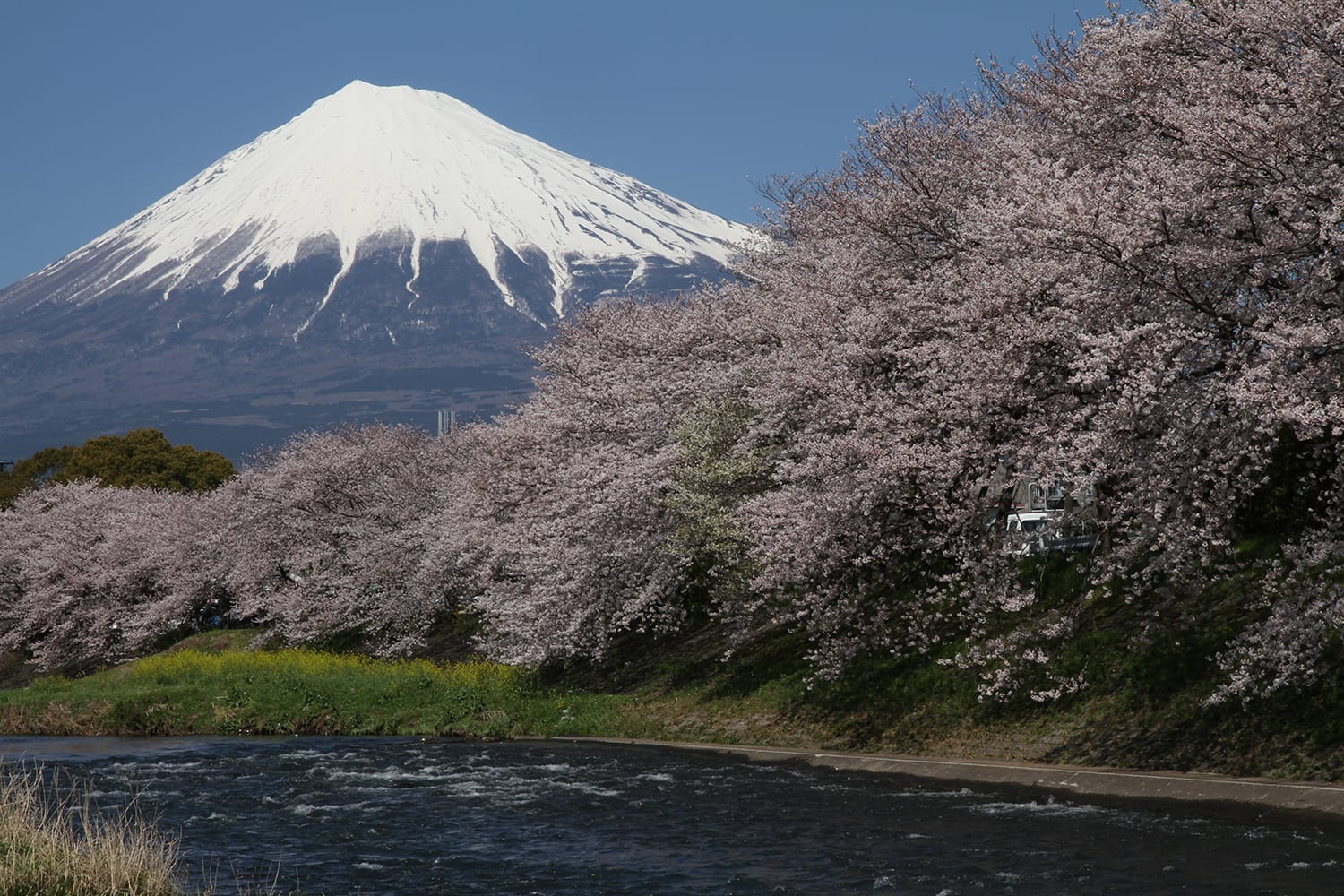
Average Temperature:
Flatland: 20°C (68°F)
1000m Point: 13.5°C (56°F)
Mt. Fuji Summit: 0°C (32°F)
Precipitation:
Flatland: 168.5mm
1000m Point: 65mm
Mt. Fuji Summit: 0mm
The pre-climbing season from spring to early summer offers pleasant temperatures. While flatland days are warm, nights can be chilly until early May, making jackets essential fashion accessories.
The 1000m elevation area experiences cool days, often requiring outer layers as standard fashion items. The summit records below-freezing temperatures with observable snow accumulation.
June, before the full onset of summer, marks the "Tsuyu" (rainy season), characterized by high humidity and frequent rainfall. Tokyo and other flatland areas experience persistent humidity, which might make your body feel heavy.
The higher-elevation Yamanakako area offers a more comfortable environment with lower humidity than the flatlands, making it ideal for showcasing your spring fashion choices.
Climate and Recommended Clothing After Climbing Season (Autumn)
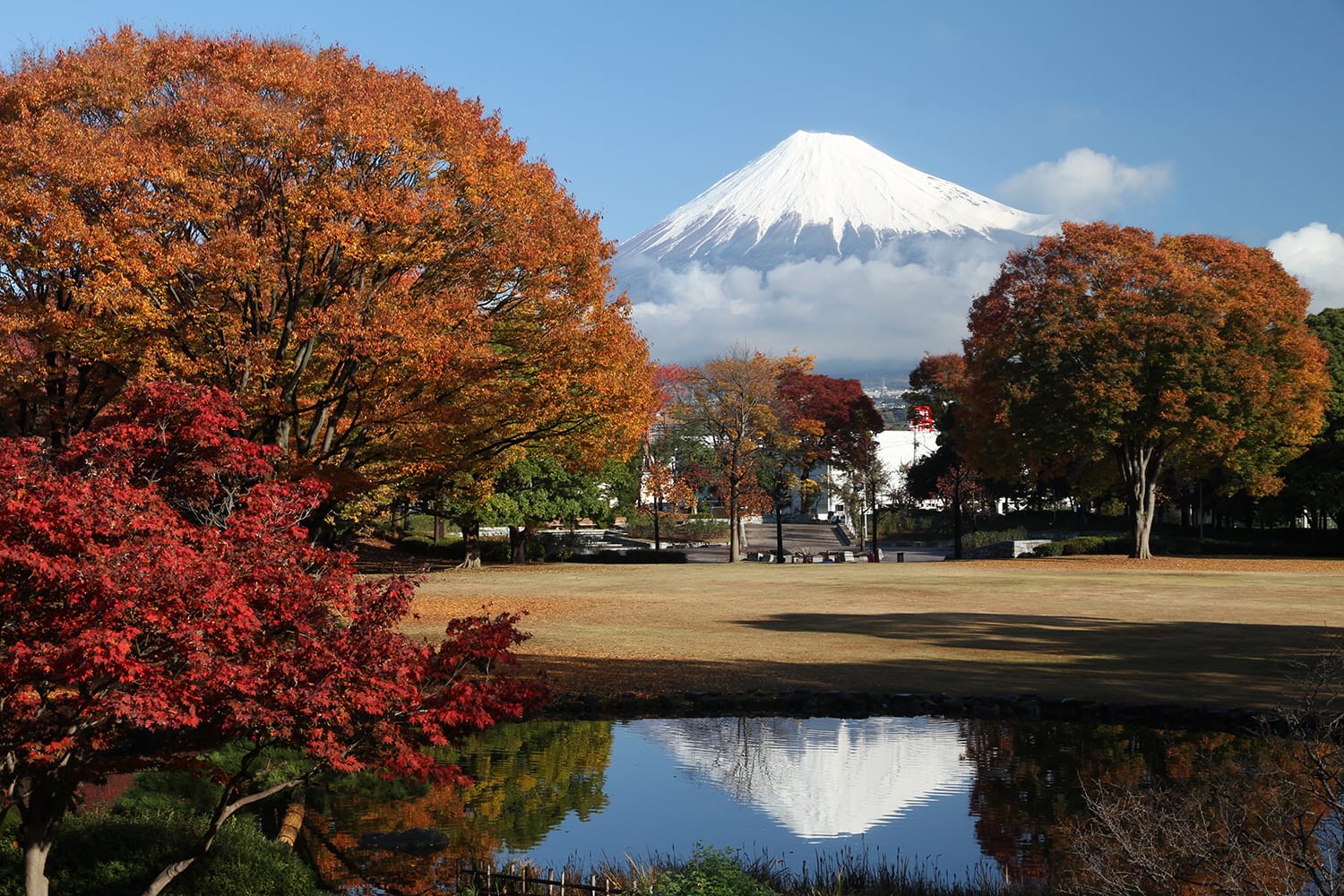
Average Temperature:
Plains: 20°C (68°F)
1000m elevation: 11.4°C (52°F)
Mt. Fuji Summit: 0°C (32°F)
Precipitation:
Plains: 107.5mm
1000m elevation: 40mm
Mt. Fuji Summit: 0mm
September, when the climbing season ends, remains quite warm in the lowlands. From mid-October, the weather becomes pleasantly cool, making it a comfortable season in the plains. While many days are warm enough to wear just a T-shirt, nights can get chilly, so having a jacket is convenient for your Mt. Fuji fashion ensemble.
At 1000m elevation, you might feel cold more frequently. From November onwards, the air becomes dry and temperatures drop significantly, making a down jacket an essential piece for comfort.
September and October are also typhoon seasons, often bringing record-breaking rainfall. Strong winds can prevent outdoor activities, and flight cancellations are not uncommon. Tourists planning to visit during this period should carefully consider weather conditions when making their plans.
Winter Climate and Recommended Clothing (December-March)
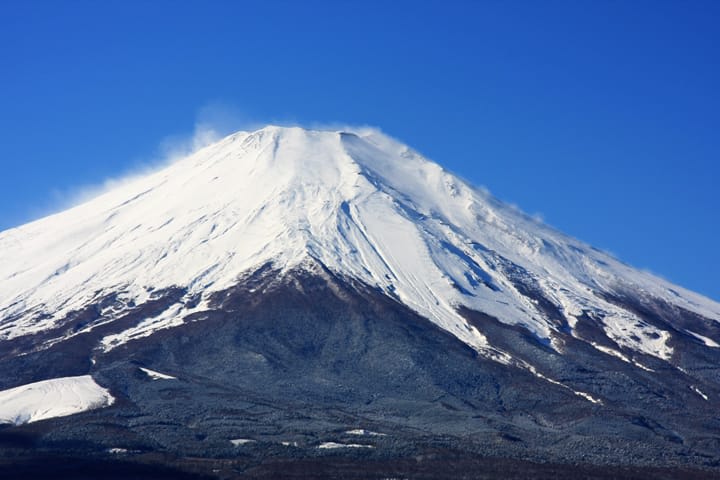
Average Temperature:
Plains: 8.6°C (47°F)
1000m elevation: 0.4°C (33°F)
Mt. Fuji Summit: -16°C (3.2°F)
Precipitation:
Plains: 32mm
1000m elevation: 30mm
Mt. Fuji Summit: 0mm
January and February are Japan's coldest months. Unlike the humid summer, these months are characterized by dry weather. While it's the season with the least precipitation and many clear days, the 1000m elevation point frequently records below-freezing temperatures with observable snowfall and severe cold.
Winter is also known for strong winds, which intensify the feeling of cold. Even in plain areas like Tokyo, your Mt. Fuji fashion should include warm down jackets complemented with gloves and scarves for comfort.
Around Lake Yamanaka, which is above 1000m, temperatures are extremely cold, so warm inner wear and socks are recommended. Despite the harsh cold, visitors to Lake Yamanaka can witness a beautiful phenomenon called "Diamond Fuji" from December to February, where the sun sets directly behind Mt. Fuji's peak, creating a stunning view that can only be seen during this season.
I'll translate this article about seasonal clothing recommendations for tourist spots while incorporating Mt. Fuji's fashion elements.
[By Location] Guide to Seasonal Climate and Recommended Clothing at Tourist Spots
Japan experiences significant climate variations throughout the seasons, with temperature differences of over 20 degrees between summer and winter, making clothing choices crucial. For detailed seasonal climate information and monthly weather patterns, see our complete Mt. Fuji weather guide.
Here, we'll explain the climate and recommended clothing for spring (late March to May), summer (June to early September), autumn (late September to November), and winter (December to early March).
Lake Kawaguchiko

Elevation: 833m
Recommended Clothing:
Spring: Long-sleeve shirt + jacket or hoodie as an outer layer
Summer: T-shirt, light jacket
Autumn: Long-sleeve shirt + jacket or hoodie as an outer layer
Winter: Sweater, sweatshirt + heavy jacket like down coat, gloves, scarf
Lake Kawaguchiko is situated on Mt. Fuji's north side. It's the second-largest among the five lakes surrounding Mt. Fuji, after Lake Yamanakako. Located at approximately 833 meters elevation, it's 5-10 degrees cooler than urban areas like Tokyo, making it a popular summer retreat destination showing off Mt. Fuji's seasonal fashion.
During spring and autumn, while days are warm, mornings and evenings are cooler than in urban areas, so bringing a hoodie as an outer layer is convenient. Summer evenings are usually warm enough for just a T-shirt, but winter temperatures often drop below freezing with frequent snowfall, requiring warm clothing like down jackets.
The Kawaguchiko area is a popular tourist destination, featuring scenic observatories and Japan's largest amusement park, Fuji-Q Highland.
Fuji-Q Highland
Source: Official website
Elevation: 830m
Recommended Clothing:
Spring: Long-sleeve shirt + jacket or hoodie as an outer layer
Summer: T-shirt, light jacket
Autumn: Long-sleeve shirt + jacket or hoodie as an outer layer
Winter: Sweater, sweatshirt + heavy jacket like down coat, gloves, scarf
Fuji-Q Highland is one of Japan's largest amusement parks. Located near Lake Kawaguchiko at an elevation of 830m, its climate and clothing requirements are similar to Kawaguchiko. However, since it's a spacious amusement park, comfortable active wear like jeans and sneakers is recommended to complement Mt. Fuji's fashion landscape.
The park features Japan's most spectacular machines, including roller coasters and free-fall rides. It also includes themed areas like "Thomas the Tank Engine" for children, as well as areas themed after "NARUTO" and "Gaspard and Lisa," making it a must-visit destination for fans of these franchises.
Gotemba Premium Outlets
Source: Yamanakako Lake
Elevation: 430m
Recommended Fashion:
Spring: Long-sleeve shirts, jackets, hoodies, or other layering pieces
Summer: T-shirts
Autumn: Long-sleeve shirts, jackets, hoodies, or other layering pieces
Winter: Sweaters, sweatshirts + down jackets or other thick outerwear
Gotemba Outlet is Japan's largest outlet mall. Located at an elevation of 430m, it's slightly warmer than the Lake Kawaguchiko area which sits above 800m.
During July and August, temperatures frequently exceed 30°C (86°F), and evenings remain warm, making lightweight T-shirts and tank tops ideal choices for Mt. Fuji's summer fashion. While the stores are air-conditioned and can get chilly, having a light outer layer is recommended.
Spring and autumn days are generally warm, but temperatures can drop more than 10 degrees at night compared to daytime, making jackets essential for Mt. Fuji's transitional season fashion. Winter days can be mild, but nights get cold. January and February often see temperatures below 10°C (50°F) with occasional snowfall, so warm clothing like down jackets is necessary.
The outlet features 290 stores, including luxury brands, variety shops, and restaurants. A new area added in 2020 offers spectacular views of Mt. Fuji, making it a perfect spot for both shopping and sightseeing. Don't forget to pick up some unique Mt. Fuji souvenirs during your visit.
Fuji Speedway
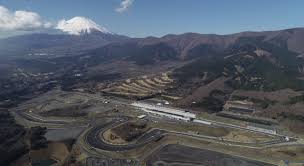
Source: Official website
Elevation: 550m
Recommended Fashion:
Spring: Long-sleeve shirts, jackets, hoodies, or other layering pieces
Summer: T-shirts
Autumn: Long-sleeve shirts, jackets, hoodies, or other layering pieces
Winter: Sweaters, sweatshirts + down jackets or other thick outerwear, gloves, scarves
Fuji Speedway is a racing circuit where visitors can watch car races. Located at a slightly higher elevation than Gotemba Outlet, summer days are hot, making T-shirts the ideal Mt. Fuji's summer fashion choice. While spring and autumn days are generally warm, nights can get cold, so jackets are recommended. January and February often see snowfall, requiring warm clothing like down jackets. For race watching, gloves and scarves are useful accessories for Mt. Fuji's winter fashion as it can get quite cold during events.
The speedway hosts public racing events approximately once a month. Even on non-race days, visitors can watch practice runs and even rent a Toyota "86" (car model) to drive on the track, making it a must-visit destination for car enthusiasts.
Asagiri Highland
Elevation: 600m - 1000m
Recommended Clothing for Mt. Fuji's Fashion:
Spring: Long-sleeve shirts, long-sleeve jackets, layering pieces like hoodies
Summer: T-shirts, lightweight jackets
Autumn: Long-sleeve shirts, long-sleeve jackets, layering pieces like hoodies
Winter: Sweaters, sweatshirts + down jackets or thick outerwear, gloves, scarves
Asagiri Highland is a vast plateau spreading across the western foot of Mt. Fuji. The name "Asagiri" (meaning "morning fog") comes from the frequent occurrence of fog in the morning due to high humidity.
The highland is situated at an elevation between 600m and 1000m. Near the 1000m mark, visitors can enjoy cool temperatures even during summer. The area where farms and campgrounds are concentrated is located at 600m, where summer days can often feel quite warm.
While spring and autumn generally offer mild temperatures, the period from winter to early spring experiences many windy days. Winter, in particular, sees snowfall, and even on snow-free days, strong winds can make temperatures feel particularly cold. Wearing warm layers like down jackets complemented with gloves and scarves helps visitors cope with the chilly conditions.
Asagiri Highland is home to several attractions, including Makaino Farm (Makaino Bokujyo) and one of Japan's largest camping grounds. It's a popular leisure destination, particularly in summer when people seek refuge from the heat.

